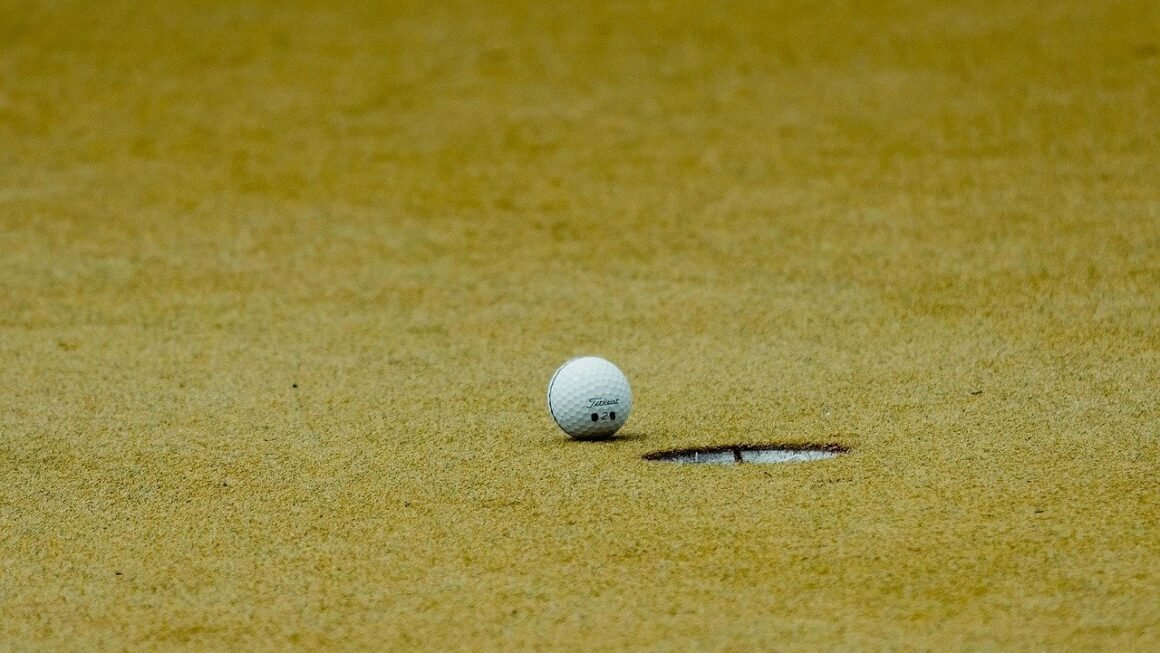Snooker, a cue sport renowned for its intricate gameplay, strategic depth, and the sheer skill required to master it, captivates audiences worldwide. Beyond the green baize, it represents a unique blend of precision, tactical thinking, and psychological fortitude. Whether you’re a seasoned player or a curious beginner, this guide delves into the captivating world of snooker, exploring its history, rules, techniques, and the enduring appeal that makes it a global phenomenon.
The History and Evolution of Snooker
Origins in British India
Snooker’s origins trace back to the late 19th century in British India. It’s widely credited to Sir Neville Chamberlain, an officer in the British Army, who, in 1875, devised a new game by combining elements of existing billiard sports like black pool and pyramids. Initially, the game involved just a few coloured balls, but it gradually evolved into the complex sport we know today.
- The game was originally intended to alleviate boredom amongst officers stationed abroad.
- The addition of coloured balls distinguished it from earlier billiard variations.
- The term “snooker” originally referred to a first-year cadet in the army, but it was quickly adopted for a player who made a mistake.
From Military Mess to Global Sport
What started as a pastime amongst British officers quickly gained popularity, spreading throughout the British Empire and eventually reaching the UK. The establishment of standardized rules and professional tournaments in the early 20th century cemented snooker’s place as a serious competitive sport. Key figures like Joe Davis, a dominant force in the early years, helped shape the game and attract a wider audience.
- Joe Davis is considered the father of modern snooker, winning the World Snooker Championship 15 times consecutively.
- The World Professional Billiards and Snooker Association (WPBSA) was formed to govern the sport.
- Television played a crucial role in popularizing snooker in the 1970s and 1980s.
Understanding the Rules of Snooker
The Basics of Gameplay
Snooker is played on a large rectangular table covered in baize. The objective is to pot balls in a specific sequence using a cue stick. Players score points for each ball potted, and the player with the highest score at the end of the frame wins. Understanding the order of play and the scoring system is crucial.
- The table features 22 balls: 15 red balls (each worth 1 point), one yellow (2 points), one green (3 points), one brown (4 points), one blue (5 points), one pink (6 points), and one black (7 points), and one white cue ball.
- Players must first pot a red ball, followed by a coloured ball of their choice.
- Once a coloured ball is potted, it is respotted back onto the table (unless all the reds are off the table).
- After all 15 reds have been potted, the coloured balls must be potted in ascending order of their value (yellow, green, brown, blue, pink, black).
Fouls and Penalties
Penalties are awarded to the opponent for various fouls, such as potting the cue ball, hitting the wrong ball first, or touching a ball on the table. The value of the penalty depends on the situation, but it is typically a minimum of four points.
- Potting the white ball (the cue ball) results in a foul.
- Touching a ball with any part of the body or clothing is a foul.
- Hitting a ball other than the one you are supposed to hit is a foul.
- The penalty for a foul is typically the value of the ball “on” or four points, whichever is higher.
Strategic Considerations
Beyond potting ability, strategic play is crucial in snooker. This includes safety play (leaving the opponent in a difficult position), positional play (controlling the cue ball to set up the next shot), and tactical decisions about which balls to target.
- Safety Play: Intentionally leaving the cue ball in a position where the opponent cannot easily pot a ball.
- Snookering: Placing the cue ball behind a ball, forcing the opponent to attempt a difficult shot or incur a penalty.
- Break-building: Accumulating a high score in a single visit to the table by potting multiple balls in sequence.
Essential Snooker Techniques
Stance and Grip
A solid stance and a comfortable grip are fundamental for consistent shot-making. The stance should be stable and balanced, allowing for smooth cue action. The grip should be relaxed yet firm, providing control over the cue.
- Stance: Position your feet shoulder-width apart, with your dominant foot slightly forward. Bend your knees slightly and lean forward from the hips, keeping your back straight.
- Grip: Hold the cue lightly with your non-dominant hand, positioning it approximately 6-8 inches from the butt of the cue. Your dominant hand should grip the cue loosely, allowing for a smooth pendulum swing.
The Pendulum Swing
The cue action should resemble a pendulum swing, originating from the shoulder and elbow. Keep your wrist firm and your head still throughout the stroke. Avoid jerky movements and aim for a smooth, consistent delivery.
- Focus on keeping your elbow as the pivot point for the swing.
- Maintain a consistent rhythm and tempo in your stroke.
- Practice in front of a mirror to monitor your cue action.
Cue Ball Control
Mastering cue ball control is essential for positional play and break-building. Different types of spin (topspin, backspin, sidespin) can be applied to the cue ball to influence its trajectory and behavior after impact.
- Topspin: Hitting the cue ball slightly above center will cause it to roll forward after impact.
- Backspin (Draw): Hitting the cue ball below center will cause it to spin backward after impact.
- Sidespin (English): Hitting the cue ball to the left or right will cause it to deflect at an angle after impact.
- Experiment with different amounts of spin to understand their effects on the cue ball.
Practice with a training ball that has dots to better visualise the spin you’re imparting.
Famous Snooker Players and Their Impact
Legends of the Game
Snooker has produced many iconic players who have captivated audiences with their skill, charisma, and competitive spirit. These legends have not only achieved remarkable success but have also contributed to the sport’s popularity and evolution.
- Joe Davis: The undisputed pioneer of modern snooker, dominating the game for decades.
- Ray Reardon: A six-time World Champion known for his tactical brilliance and fierce determination.
- Steve Davis: A dominant force in the 1980s, winning six World Championships and revolutionizing the sport with his professionalism and dedication.
- Stephen Hendry: The most successful player of the modern era, winning seven World Championships and setting numerous records.
- Ronnie O’Sullivan: Widely regarded as the most naturally talented player of all time, known for his attacking style and unpredictable brilliance.
The Modern Era
The current snooker landscape is filled with talented players from around the world, pushing the boundaries of the game and captivating audiences with their skill and competitive spirit. Names like Judd Trump, Mark Selby, and Neil Robertson are leading the charge, showcasing the continued evolution of snooker.
- Judd Trump is known for his aggressive potting and innovative shot-making.
- Mark Selby is renowned for his tactical prowess and exceptional safety play.
- Neil Robertson is a prolific break-builder with a reputation for scoring heavily.
Where to Play and Watch Snooker
Finding a Snooker Club
Many cities and towns have snooker clubs or billiard halls where you can play and practice. Look for establishments with well-maintained tables and a welcoming atmosphere. Some clubs may offer coaching or tournaments.
- Search online for snooker clubs in your local area.
- Visit different clubs to find one that suits your preferences.
- Consider joining a club to gain access to regular practice opportunities and competitions.
Watching Snooker on TV and Online
Snooker is regularly broadcast on television channels like Eurosport and BBC Sport. You can also find live streams and highlights online through various streaming platforms and the WPBSA website.
- Check your local TV listings for snooker tournaments.
- Visit the Eurosport or BBC Sport websites for live streams and replays.
- Follow the WPBSA on social media for updates and behind-the-scenes content.
Conclusion
Snooker is more than just a game; it’s a captivating blend of skill, strategy, and psychological fortitude. From its humble beginnings in British India to its current status as a global sport, snooker continues to captivate audiences with its unique blend of precision and tactical depth. Whether you are a seasoned professional or a casual enthusiast, the world of snooker offers endless opportunities for learning, enjoyment, and appreciation of this remarkable sport. So, pick up a cue, chalk it up, and experience the thrill of snooker for yourself.



